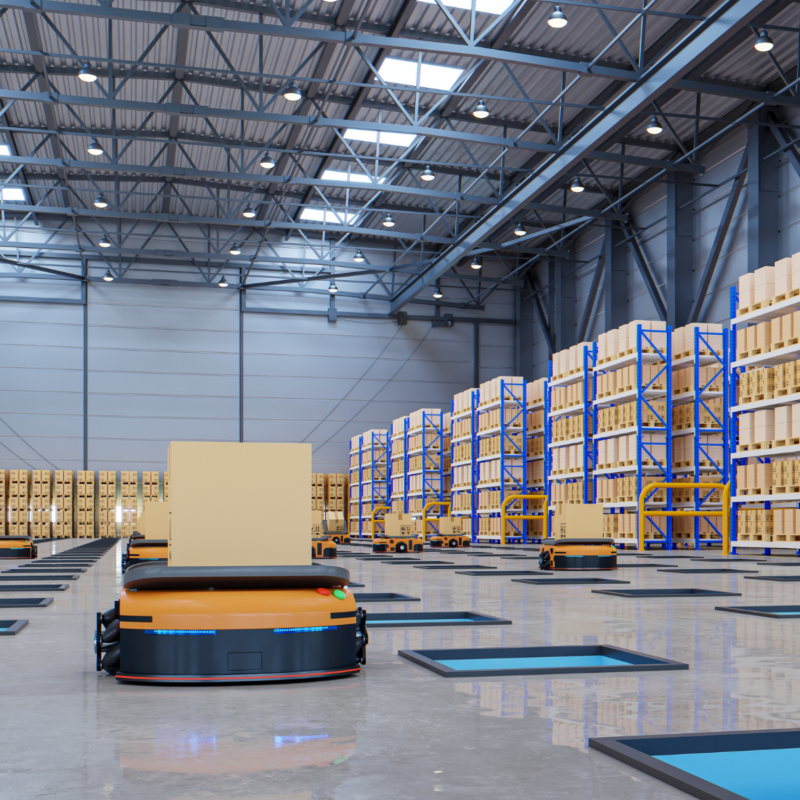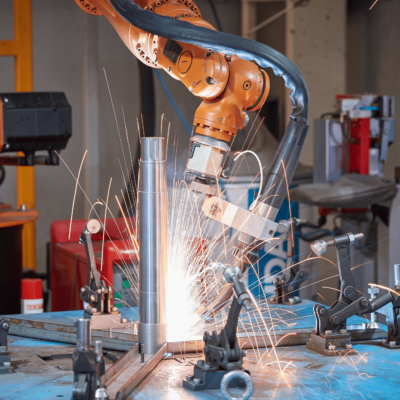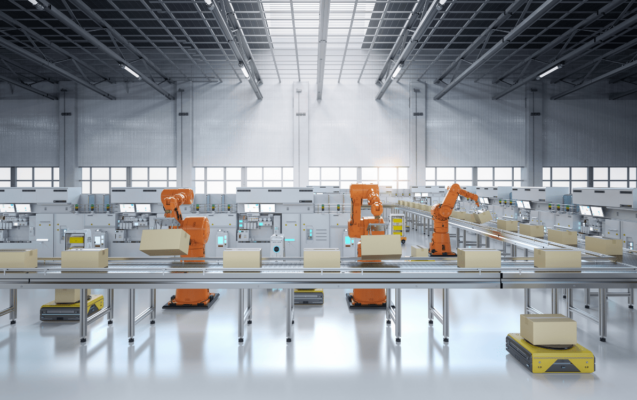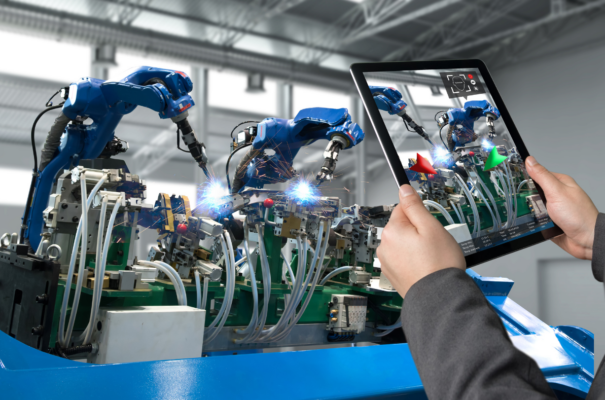Looking at boosting your manufacturing line? Autonomous Mobile Robots (AMRs) could be your answer. These robots offer a smart mix of adaptability, safety, and cost-effectiveness. Whether your goal is to make your process smoother, safer, or more affordable, it’s crucial to know what AMRs bring to the table. In this guide, we’ll break down the main pros and cons of AMRs, giving you clear insights to decide if they fit into your operation. Let’s explore how AMRs can revolutionize your manufacturing journey.
Understanding AMRs: What They Are and How They Work
If you’re looking into Autonomous Mobile Robots (AMRs) for your workspace, it’s good to know exactly how they operate. AMRs are like smart, self-driving robots. They use sensors and cameras, sometimes even lasers, to see and understand where they are. This helps them move around without crashing into things.
These robots have a special way of seeing their environment. They use Lidar, which is like radar but with light, to map out everything around them. Some also have cameras for a better view. This technology lets AMRs create a map in their computer brains, so they know where to go and what to avoid.
AMRs are not just about moving without hitting stuff. They’re also smart route planners. They figure out the best way to get where they need to go. If something’s in the way, they quickly find another path.
They’re learning robots too. Thanks to AI and machine learning, AMRs get better at their job the more they do it. They remember which paths work best and keep improving.
And they’re team players. AMRs can easily connect to your current systems. They take instructions and share updates, making them fit smoothly into your existing workflow.
In short, AMRs combine AI, learning algorithms, and smart sensors. They’re not just moving robots; they’re an advanced tool that adapts and learns, making them a valuable addition to any modern manufacturing or logistics operation.
5 Benefits of Using AMRs:
Thinking about adding Autonomous Mobile Robots (AMRs) to your line? Here’s what you need to know about their benefits:
1. Flexibility:
AMRs are adaptable. They don’t need fixed paths. This means they can easily move around your facility, avoiding obstacles and finding the best routes. This adaptability is great for changing environments – you can use AMRs for different tasks as your needs evolve.
2. Safety:
AMRs are safe. They come with sensors and cameras to navigate without accidents. This reduces risks compared to manual vehicles like forklifts. By handling repetitive tasks, AMRs cut down human error, making your workplace safer.
3. Quick to Start & Scale:
AMRs can be set up fast – in weeks, not months. This means less downtime for you. They are also scalable. Start with a few and add more as your business grows. This approach is cost-effective for your automation needs.
4. Cost-Effective in the Long Run:
While AMRs need an upfront investment, they save money over time. They work efficiently and consistently, offering a quicker return on investment than ongoing manual labor costs.
5. Better Use of Staff:
AMRs handle routine tasks. This frees up your staff for more complex work. It leads to higher productivity and job satisfaction, as your team focuses on tasks that need human skills.
In short, AMRs bring flexibility, safety, and cost savings to your operations. They’re easy to implement and grow with your business, making them a smart choice for your future automation plans.
5 Drawbacks of Using AMRs:
1. You Need Many Products (High SKU):
AMRs are great, but they work best if you have a lot of different products. If you don’t, their cost might not be worth it, especially if your operation isn’t that big.
2. Extra Setup Might Be Required:
AMRs need good Wi-Fi to work well. So, you might have to spend extra to ensure your facility has strong Wi-Fi everywhere. This could add to your initial costs.
3. They Can’t Carry Everything:
There’s a limit to how big or heavy the items AMRs can move are. If you deal with really large or heavy stuff, AMRs might not be able to handle them. It’s important to check if AMRs can carry your specific items.
4. Upfront Costs Are High:
Getting AMRs started in your facility costs a lot at first. While they save money over time, you need to be ready for this initial investment. Think about whether the long-term savings are worth this initial cost.
5. Tech-Heavy:
AMRs depend a lot on technology like sensors and AI. This means you need to have the right tech setup and keep up with maintenance. Make sure you’re okay with handling these tech requirements before deciding on AMRs.
Remember, while AMRs can really improve your operations, they do have these challenges. It’s important to weigh these points against what your business needs and can handle. This way, you can make the best decision for your manufacturing line.
Conclusion:
As we reach the end of our discussion on Autonomous Mobile Robots (AMRs), remember this: AMRs have great benefits like improving safety and saving money in the long run, but they’re not without their downsides. You’ve got to think about the variety of products you have, the initial money you’ll spend, and your ability to handle the tech side of things. When deciding whether AMRs are right for your manufacturing line, balance these pros and cons against your business goals and what your operation can handle. Making the right choice with AMRs can really make a difference in future-proofing your manufacturing process.
Do you want to compare different AMRs?
Are you looking for a System Integrator?






